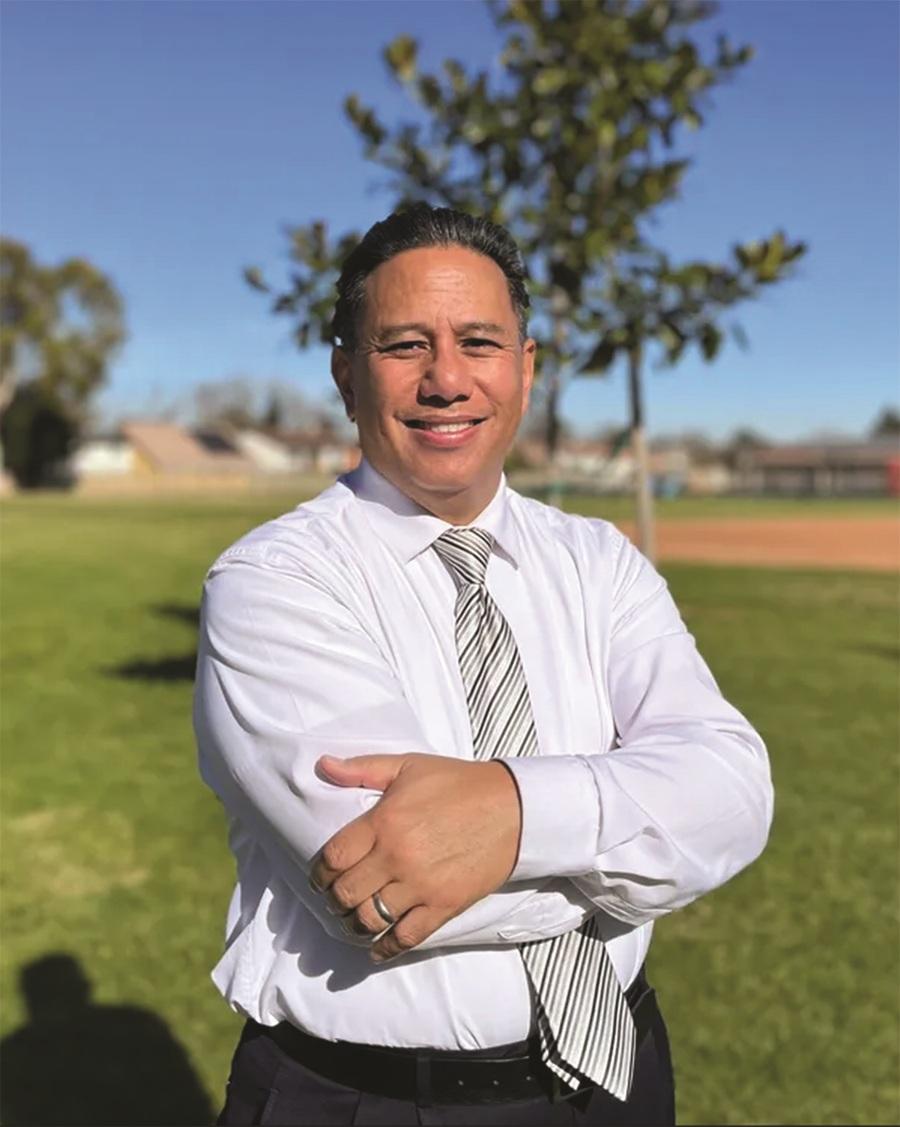Californians used 22 percent less water statewide last December compared to the same month in 2013, finally meeting Governor Jerry Brown’s goal of a 20 percent reduction in monthly water consumption.
Yet despite the drop in usage, the state still faces troubles as it enters its fourth year of drought.
“California is doing its part to save our water, but the drought is far from over,” Brown said in a statement on Tuesday, Feb. 3. “Careful stewardship and conservation must be our way of life.”
One-third of the state’s water comes from the Sierra Nevada snowpack, which is more than 50 percent below average. Additionally, for the first time in recorded history, downtown San Francisco had no measurable rainfall in January, which is typically when winter rains come, the Associated Press reported.
In Southern California, water savings hit 23 percent, according to data from the State Water Resources Board. On average, each resident throughout the state used 67 gallons of water per day in December, compared to 140 gallons per person in June.
San Diego, a city home to 1.3 million people, was the largest among agencies that met the goal, water board staffer Eric Oppenheimer said, according to the Associated Press. Water use was down 24 percent compared to last year in the city, with each resident using an average of 46 gallons per day.
Resident Adrian Campos, 45, told the Associated Press he and his wife replaced their lawns with drought-tolerant plants.
“I don’t know if the city should be credited with getting the word out,” Campos told the news agency. “I think San Diegans are very conscious of what is going on with the drought. Our neighbors and ourselves, we got rid of our lawns after seeing on the news that there was such a water shortage.”
San Francisco also ranked among the lowest usage rates in California cities in December at 40 gallons per person per day, the Associated Press reported. Other areas that recorded 60 gallons or less per day per person include Chino Hills, Crescenta Valley and the Eastern Municipal Water District.
Residents have used less water since July, when California allowed cities to issue $500 fines for violating lawn watering and car washing restrictions. About 10 percent of the state’s water use goes toward outdoor watering, while 75 percent goes to agriculture. However, state officials have not yet campaigned as aggressively for water reduction in plantations.
“Homeowners should do their part, but the focus has been way too much on residents,” said Maria Gutzeit, vice president of the Newhall Water County District Board of Directors. “You ask anyone here how they are going to sell a house with dead grass and dead bushes, and you’ll bankrupt people for something that doesn’t even significantly help the statewide portfolio.”
Critics, however, say the state water board should push residents even harder. A group of 20 nonprofit environmental and fishing groups have said the board was moving too slowly.
“Australia and Colorado River Basin have recently experienced decade-long droughts. Paleoclimatologists tell us that California has experienced extended dry periods in the past. Simply put, California is not preparing for inevitable extended droughts,” the group wrote in a report.
Although the state managed use less water in December, water officials said rainfall that month was likely a big part of the reason for the savings rather than a growing conservation ethic.
“While it is really wonderful we were able to achieve this level of savings in December, it will be interesting to see how many people turned off their sprinklers in January when it was dry,” said Katheryn Landau with the water board’s Office of Research, Planning and Performance, according to the San Gabriel Valley Tribune.
(With reports from Associated Press and San Gabriel Valley Tribune)





